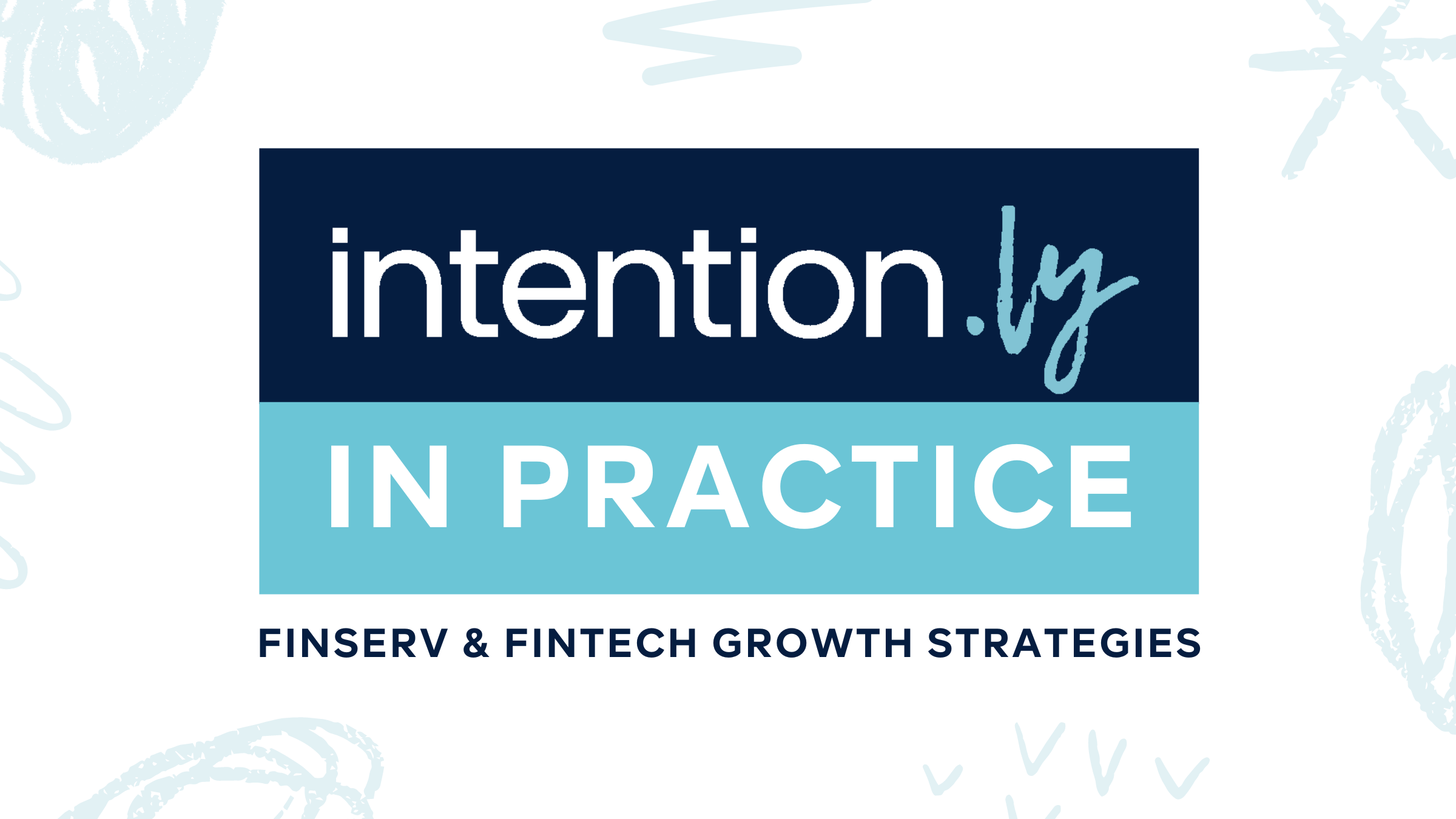
The Great CMO Debate: Fractional vs. In-House for Financial Firms
![]() Melissa Buchanan
Melissa Buchanan
August 22, 2024

Intention.ly in Practice offers practical guidance and actionable strategies for financial services and fintech firms. Through in-depth analysis, case studies, and expert insights, we explore the latest trends and best practices to help you achieve your marketing goals.
Let’s face it, the business landscape is fueled by debate — and the marketing arena is no exception. Activity vs. results. Brand buzz vs. loyalty. It’s the constant back-and-forth that keeps things interesting (and sometimes frustrating). But there’s one debate that’s particularly relevant for financial firms today: Fractional CMO vs. In-House CMO.
Here at Intention.ly, we’re not about pitting one against the other. It’s more about finding the right tool to drive your success. Because done well, marketing is the ultimate growth engine to increase brand awareness, engagement, and sales.
That’s why we created The Intention.ly Advantage, a series designed to equip financial services and fintech leaders with the knowledge and insights to conquer the ever-evolving marketing landscape.
Why Marketing Matters More Than Ever in Finserv & Fintech
The way financial institutions market themselves has undergone a seismic shift. Traditional media campaigns have become relics of the past as consumers demand a seamless, digital experience. Navigating this new landscape takes a strategic overhaul to deliver the personalized experiences consumers have grown to know — and expect.
An understanding of SEO, PPC advertising, content marketing, and social media is no longer optional. It’s the table stakes for staying competitive.
And, unlike many other industries, finserv and fintech operate in a heavily regulated environment. Marketing efforts must comply with strict regulations designed to protect consumers.
Aligning Marketing With Business Objectives
When it comes to marketing leadership at your firm, there’s no one-size-fits-all answer. Ultimately, choosing between a full-time or a fractional CMO hinges on a deep understanding of your organization’s specific needs and goals.
However, before we share some key components of each model, let’s address a fundamental truth: without a clear organizational strategy, neither a fractional nor an in-house CMO can achieve maximum results. Aligning marketing goals with your overall business objectives is paramount. This means ensuring your marketing team and especially your marketing leader understand the broader organizational goals and can translate them into actionable marketing plans.
In the following sections, we’ll explore how both full-time and fractional CMOs can contribute to your organization’s success, considering factors such as:
- Organizational size and structure
- Marketing budget and resources
- Internal marketing team capabilities
- Specific project needs
By carefully evaluating these elements, you can make an informed decision that positions your business for long-term growth.
Which CMO Model is Right for Your Business?
| Advantages of a Fractional CMO
A fractional CMO offers a flexible and cost-effective approach to accessing high-level marketing expertise. These professionals bring a wealth of experience and industry knowledge to your organization without the long-term commitment of a full-time hire. |
Advantages of an In-House CMO An in-house CMO offers deep institutional knowledge and a long-term perspective on your business. This role is critical for organizations that require a dedicated marketing leader to drive strategy and build a high-performing marketing team. |
|
|
Helpful Tips For Hiring a Fractional or In-House CMO
- Clearly Define Your Needs: Determine your biggest marketing challenges and goals. What specific expertise do you need?
- Experience & Track Record: Look for someone with a proven history of success in your industry or a relevant niche. Has this person worked in finserv or fintech?
- Cultural Fit: A good CMO will seamlessly integrate into your existing culture. How do you envision a successful partnership?
- Communication Style: Choose someone who communicates effectively and aligns with your preferred approach to collaboration. What is the organization’s preferred communication style?
Make sure you can clearly articulate these answers before expecting a good fit.
End Goal: High-Performing Marketing
Crafting a winning marketing team requires a strategic approach that aligns with your overall business objectives. As discussed earlier, the decision to hire a full-time or fractional CMO is a critical step in this process.
While both models offer distinct advantages, the key lies in understanding your organization’s specific needs, resources, and goals. Remember to consider factors such as business size, marketing maturity, budget, and project scope to determine the best fit.
The ultimate measure of success is not the CMO model itself, but the impact it has on your bottom line. A well-structured marketing function — whether led by an in-house or fractional executive — can drive significant revenue growth, enhance brand reputation, and increase customer loyalty.
Intention.ly, the growth engine design consultancy firm transforming the way finserv and fintech companies approach marketing, is dedicated to helping financial services firms build high-performing marketing teams. Our expertise in the industry allows us to provide tailored solutions and actionable insights. Learn more about our Fractional CMO Services and contact us today to explore how we can partner with you to achieve your marketing goals.
And stay tuned for the next in our series: Tips for Marketing to Financial Advisors.




